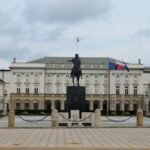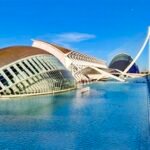First Impressions of Málaga
I was a bit surprised upon arriving in Málaga. Known as a city with 320 days of sunshine a year, it was raining. The imagined sun-soaked Costa del Sol was covered in a slight haze, leaving me wondering if my winter sunshine pursuit would succeed.
From the airport, we took the C1 train to our accommodation. We had informed the host in advance, and he was already waiting at the door to check us in. He spoke quickly, covering all the important details before enthusiastically sharing some tips about the city.
When he finished, I asked if we could borrow an umbrella. He smiled and said that it had been sunny all morning and assured us the rain wouldn’t last long, which eased my mind.
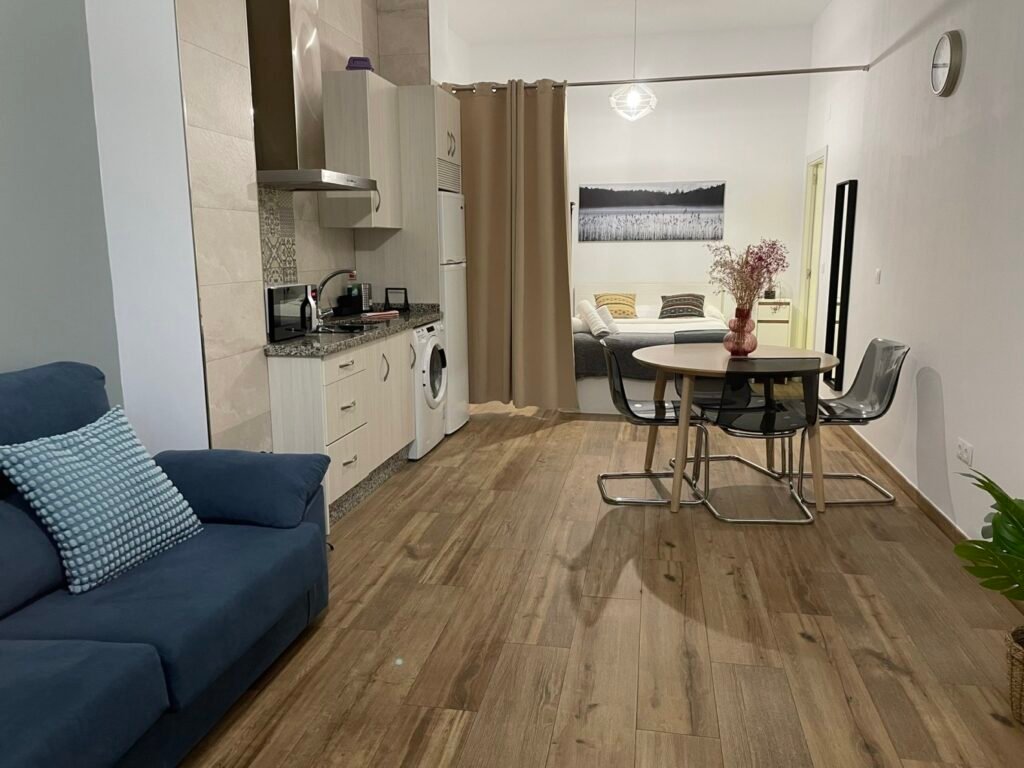
After a short rest, we headed to the city center in search of food. Although the host mentioned it was only a ten-minute walk, Google Maps showed it would take around thirty minutes. With the evening already setting in, we decided to take public transportation instead. A few steps from the apartment, we came across a Tabacos shop, where I had read you could buy bus cards. We went inside to ask and ended up purchasing a ten-ride card, which, including the card fee, cost just over six euros—quite a good deal.
We took the bus to Uvedoble Taberna, a restaurant recommended by our host. To our surprise, the restaurant was located right next to the Alcazaba fortress. When we passed by again during the day, the place was packed—unsurprising given its prime location.
This restaurant specializes in tapas, so we casually picked a few and also ordered two main dishes just to be sure we had enough to eat. The food was quite good—the goat meat rolls are highly recommended, and the grilled squid ink pasta was also delicious. However, Spanish cuisine tends to be on the salty side. Luckily, bread was served alongside the meal, making the flavors more balanced.

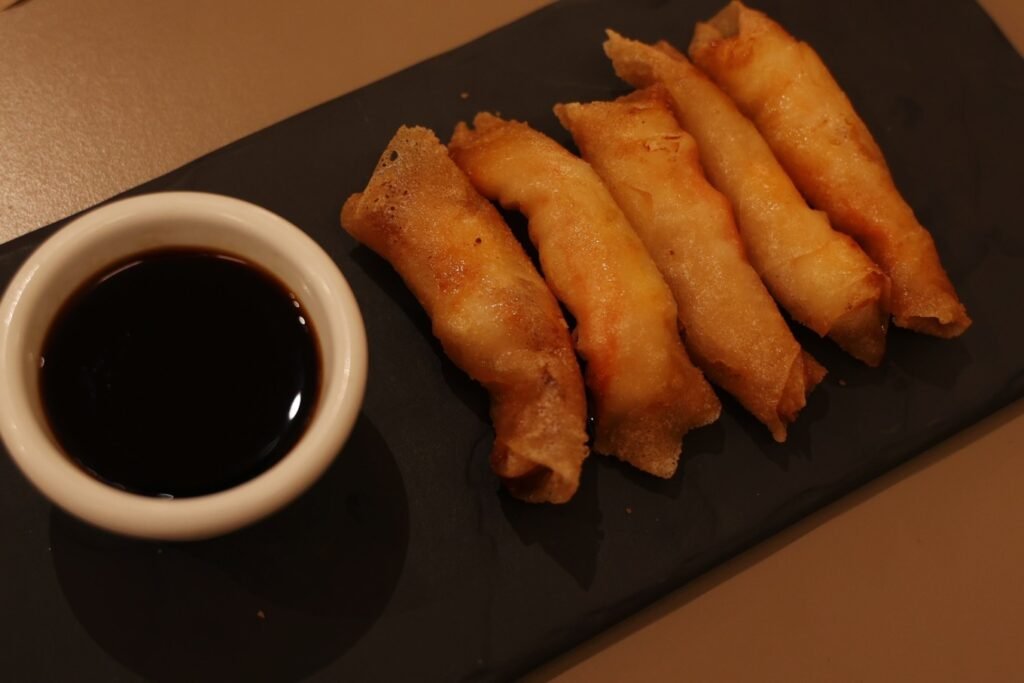
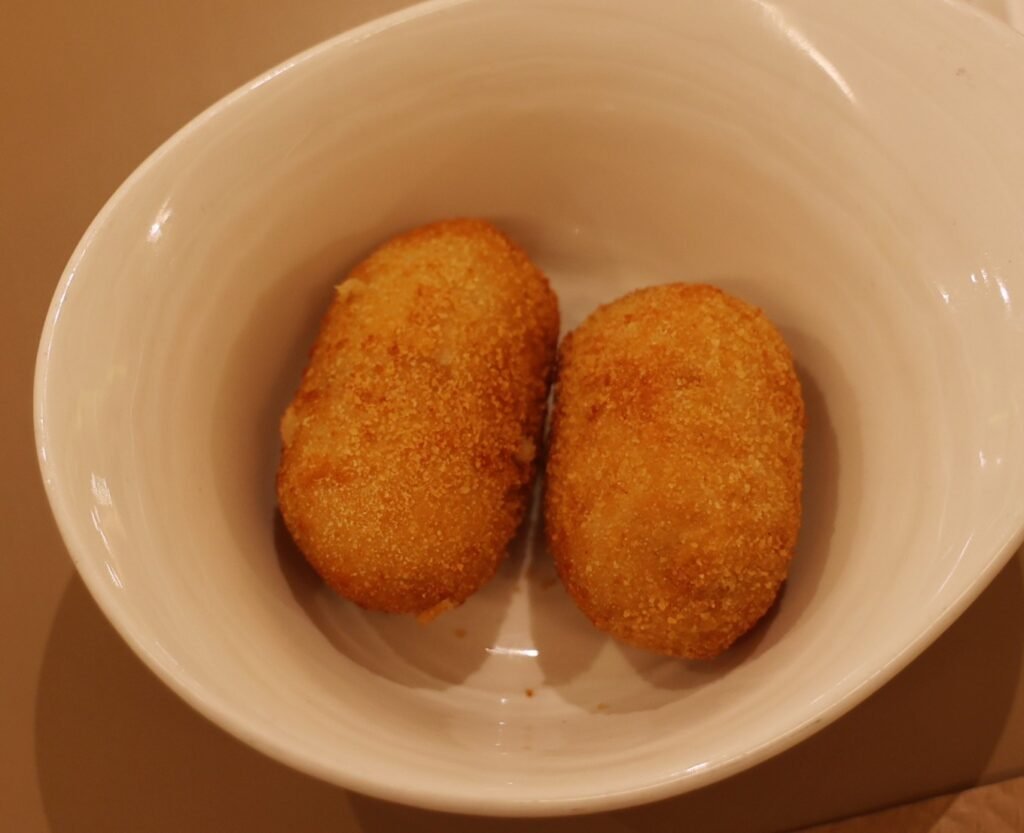
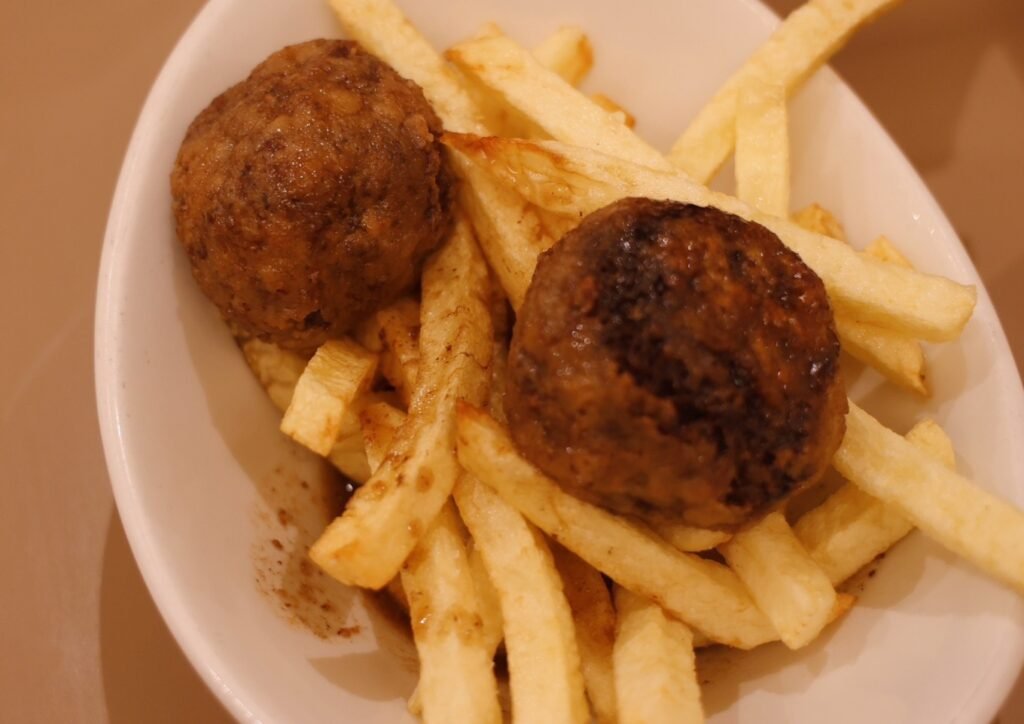
After a satisfying meal, we strolled through the old town. Since it was the Christmas season, many streets were beautifully illuminated with festive lights. The abundance of orange trees lining the streets added to the relaxed atmosphere.
Spaniards generally dine late, so restaurants stay open later into the night, and shops also close later compared to many Western European countries. The vibrant nightlife in Spain offers a lively contrast, making the evenings much more enjoyable.
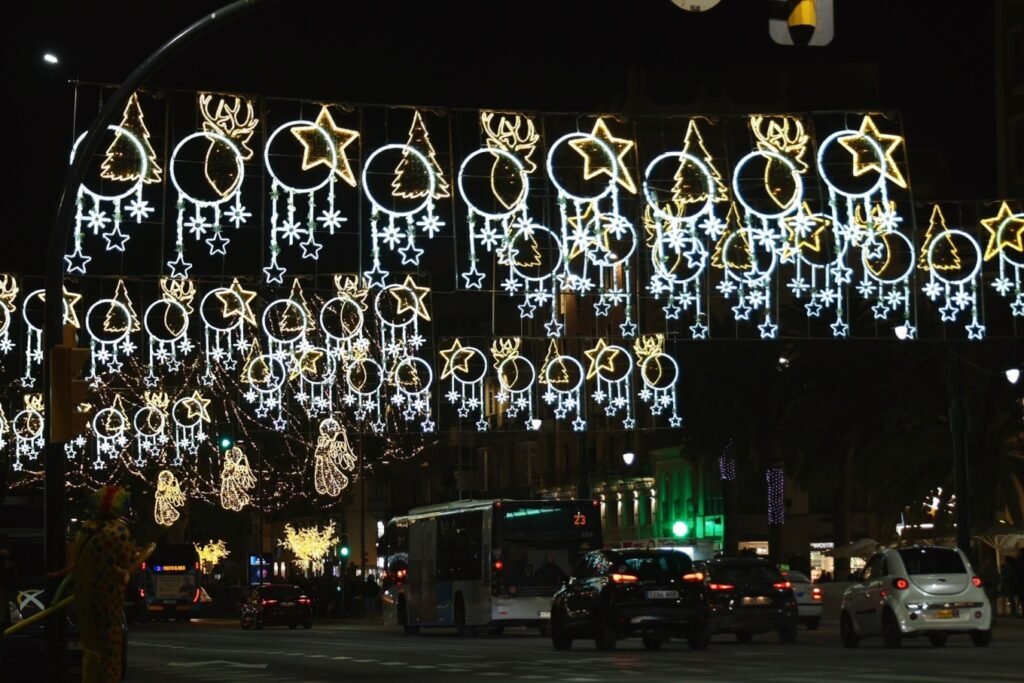
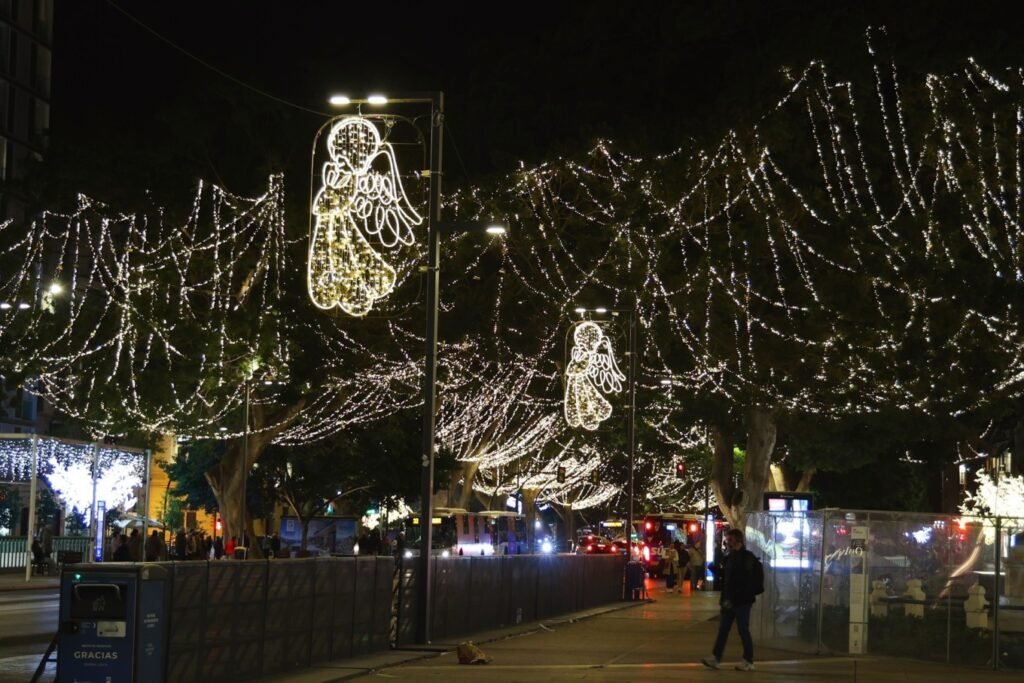
Encountering Picasso
We came to Málaga to experience a slower pace of life, so we didn’t head out until around ten in the morning. Our first stop was Casa Aranda, where we tried the churros I had been looking forward to. They can be enjoyed with a side of chocolate, which made them even better. We also ordered a sandwich, which tasted quite good—definitely something I’d recommend.
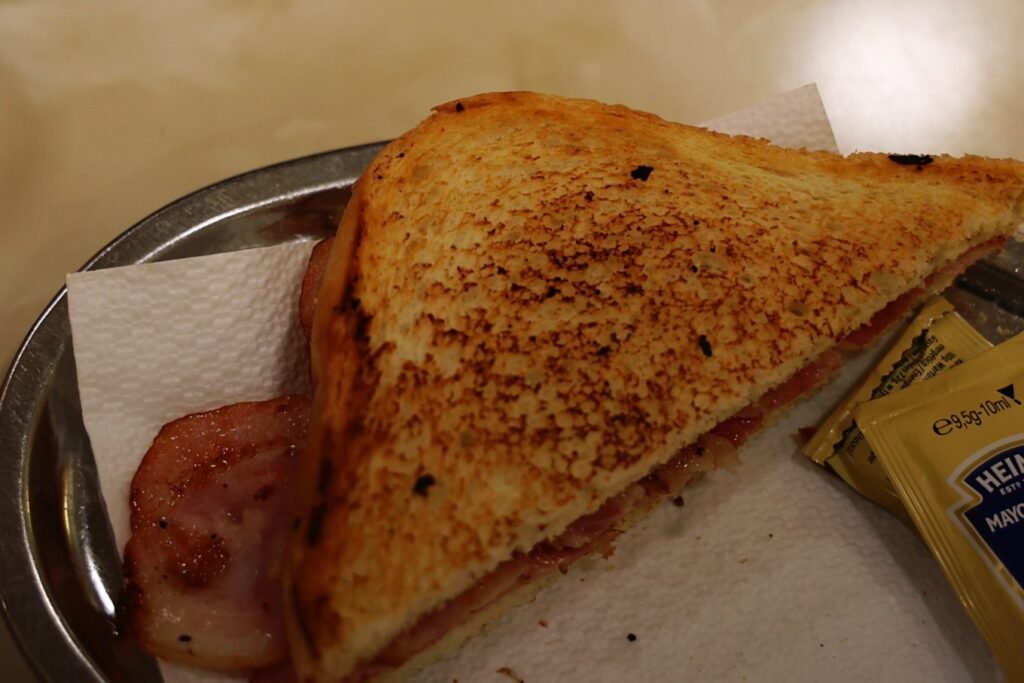
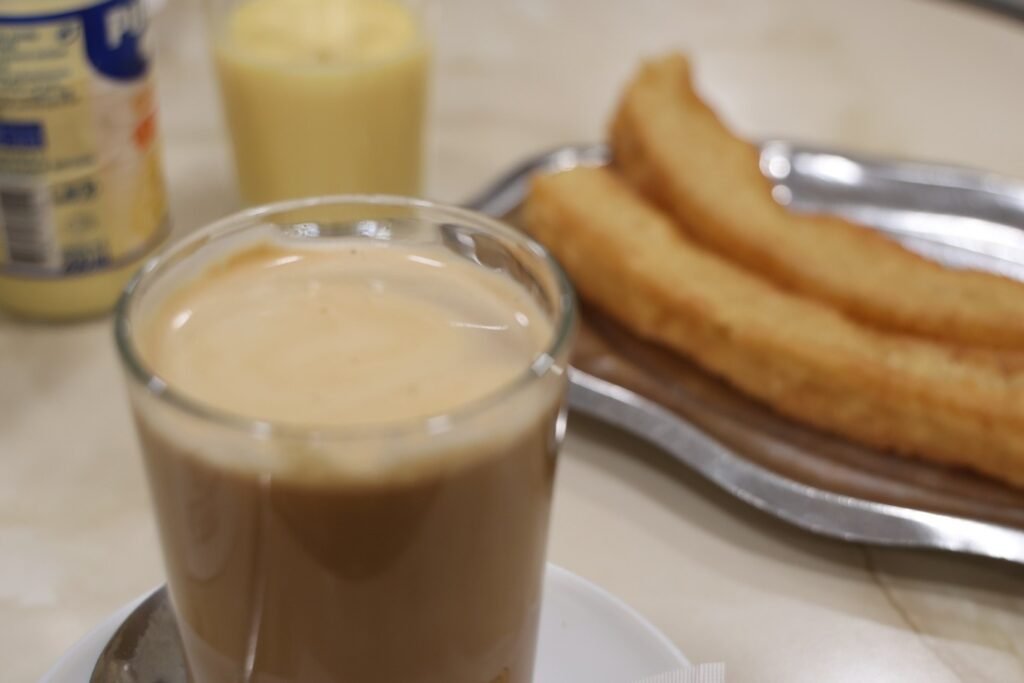
After breakfast, we visited the Picasso Museum. Tickets cost 13 euros per person, and you can store your bags at the entrance, making it easier to explore. The museum is housed in a 16th-century palace, and taking a break in the courtyard to admire the architecture adds a unique charm to the experience.
The underground section features ruins of the palace and a tower, evoking a sense of traveling back to the Carthaginian era. While the museum doesn’t hold many of Picasso’s most famous works, the audio guide provides great insight into the artist’s life and story, making the visit worthwhile.
Just 300 meters from the museum is the Picasso Birthplace Museum, another spot worth checking out.
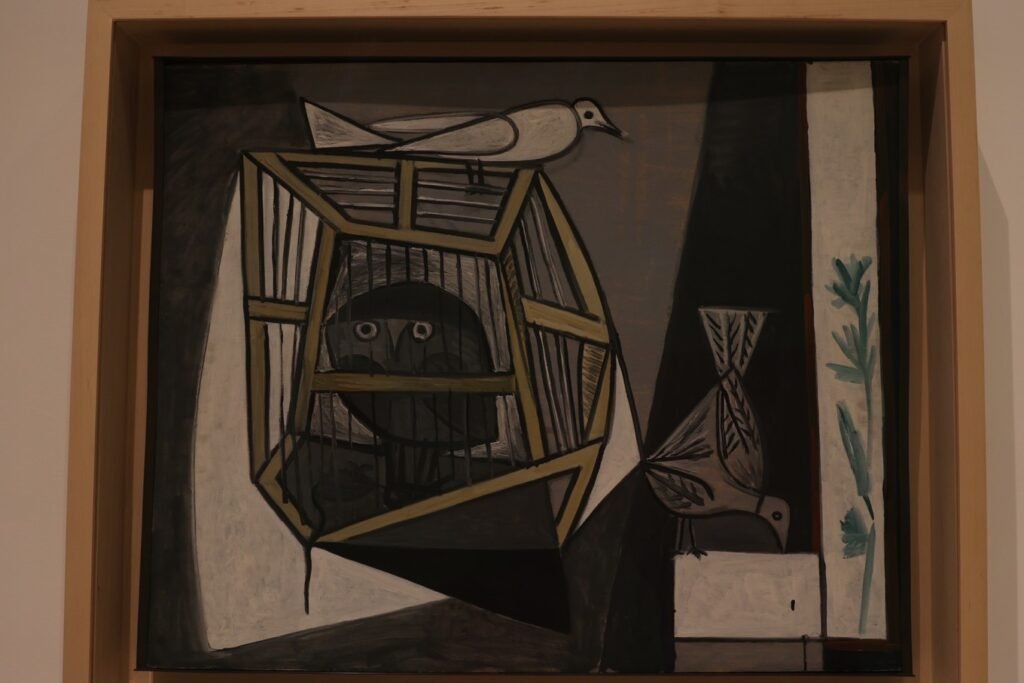
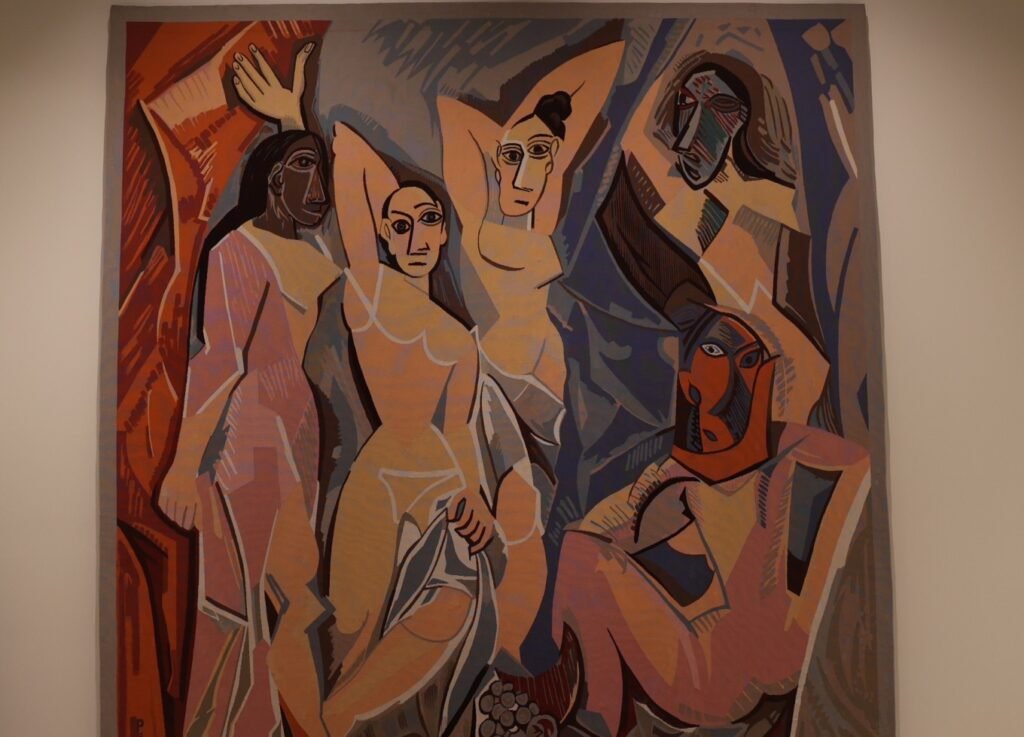
For lunch, we indulged in the seafood paella at Los Marangos Restaurant, and it was absolutely satisfying. Each grain of rice was infused with flavorful broth, and the seafood made every bite feel like pure happiness. A little pigeon joined us nearby, and we shared a small piece of bread with it, making the meal even more delightful.
Though the paella was meant for two, those with a bigger appetite might want to order an extra tapa or two. We finished the meal about 70% full, still craving more by the end.
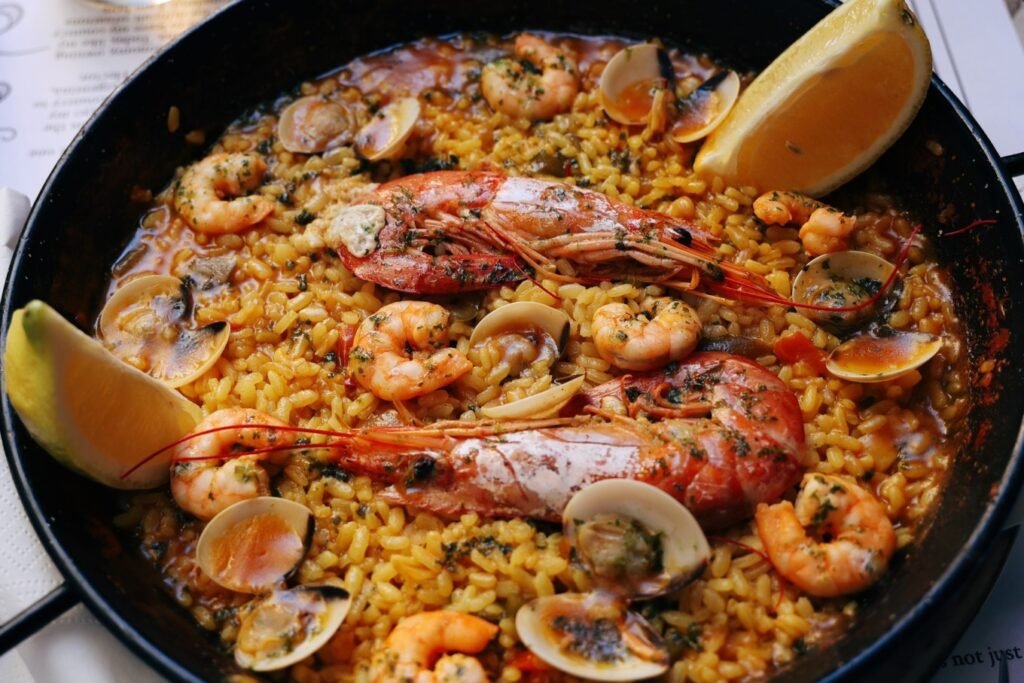
In the afternoon, we planned to visit the Alcazaba. The square next to the fortress was lively, filled with the sounds of a guitarist singing, a drummer performing, and someone blowing bubbles, surrounded by children joyfully chasing them.
In this cheerful atmosphere, all we wanted was to savor the happiness slowly. We found a spot on the stone steps of the Roman Theatre, basking in the sunlight and soaking in the beauty of the moment.
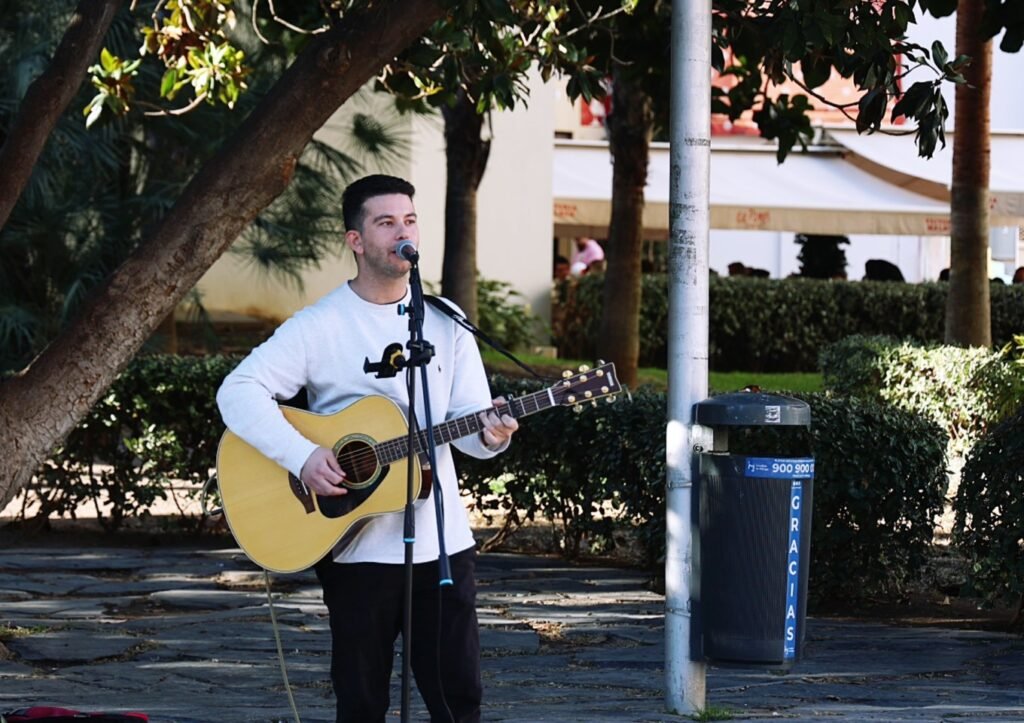
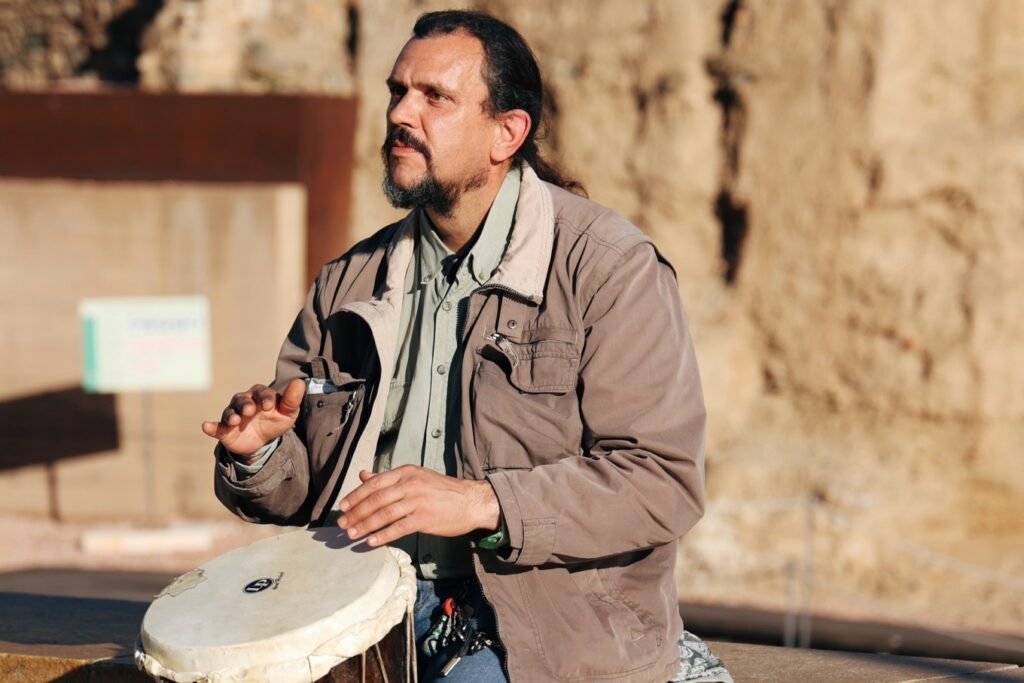
After a while, we finally decided to climb the Alcazaba. We bought the combined ticket for 5.5 euros, which also grants access to the Gibralfaro Castle within 48 hours. There are QR codes on the walls that offer free audio guides, allowing us to listen to the stories of the fortress as we explored.
The area is filled with orange trees, adding to the charm. The climb wasn’t too challenging and made for a great experience. Just as we reached the top, the sun was setting, treating us to a stunning sunset view.
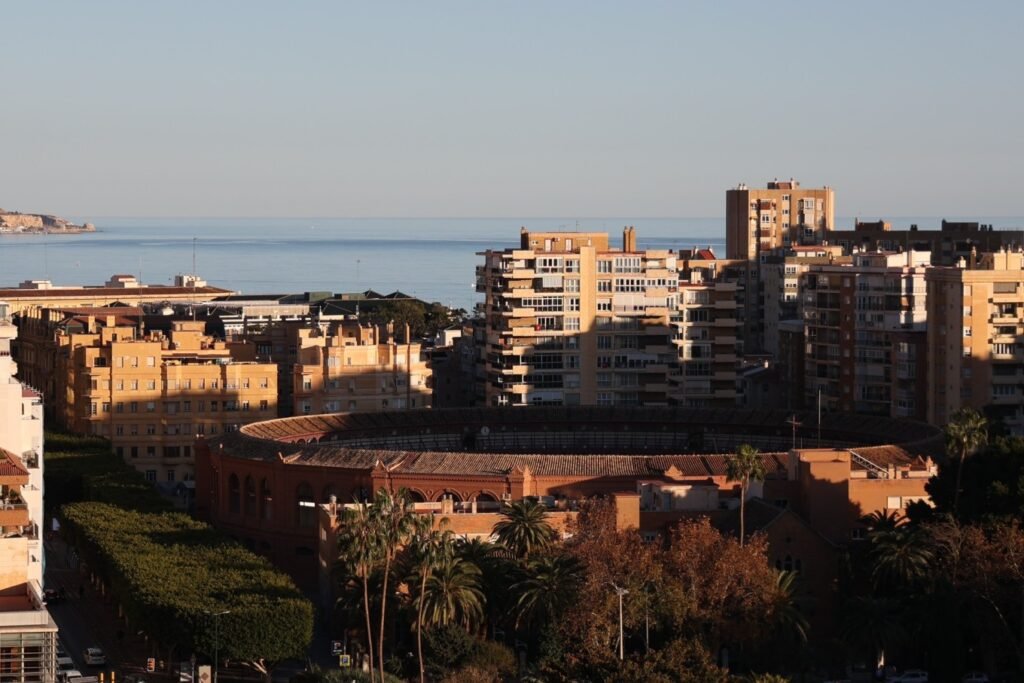
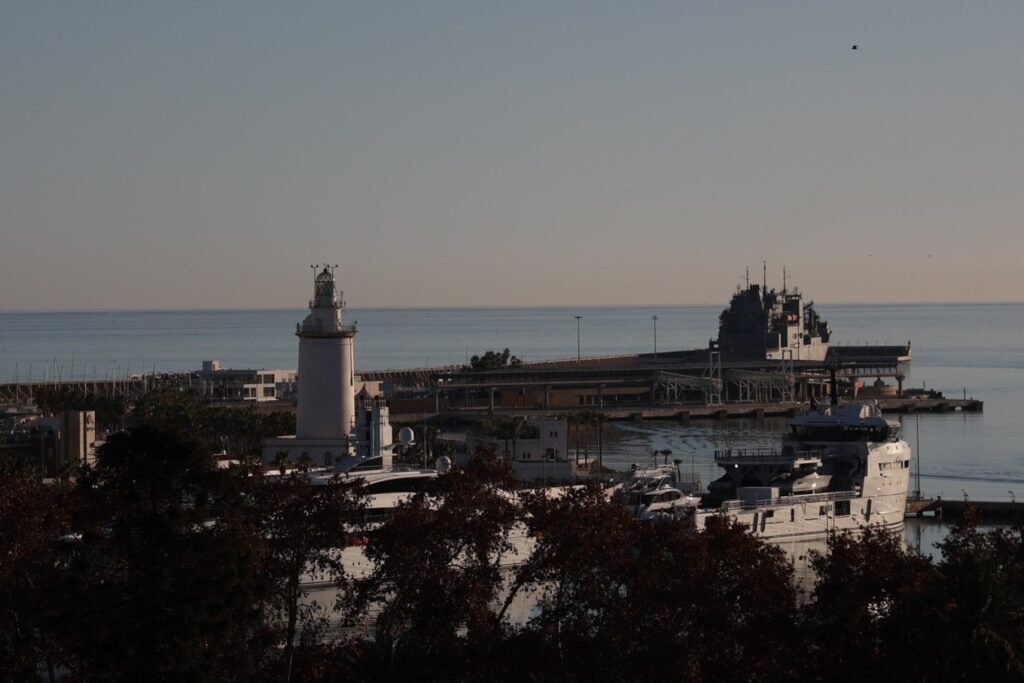
After leaving the fortress, night had already fallen. We took the bus to the seaside restaurant Freiduria Chupytira, which I had been eager to try. To our delight, we caught the last glow of the sunset by the beach, savoring the lingering beauty of the fading light. We sat by the shore for a while, enjoying the peaceful atmosphere until the restaurant opened at 8 p.m.
Following the recommendations I had bookmarked, we ordered a variety of dishes. Unfortunately, the experience was a bit disappointing. The fried eggplant was mediocre, and the spicy clams were filled with sand, which made them hard to enjoy. The shrimp omelet was decent, but it became a bit too heavy after a few bites. The fried calamari came last, but by then, we had eaten too much fried food and had little appetite left, feeling overwhelmed by all the oil.
On the way back, we bought some fruit, hoping to balance things out and cleanse our palates.
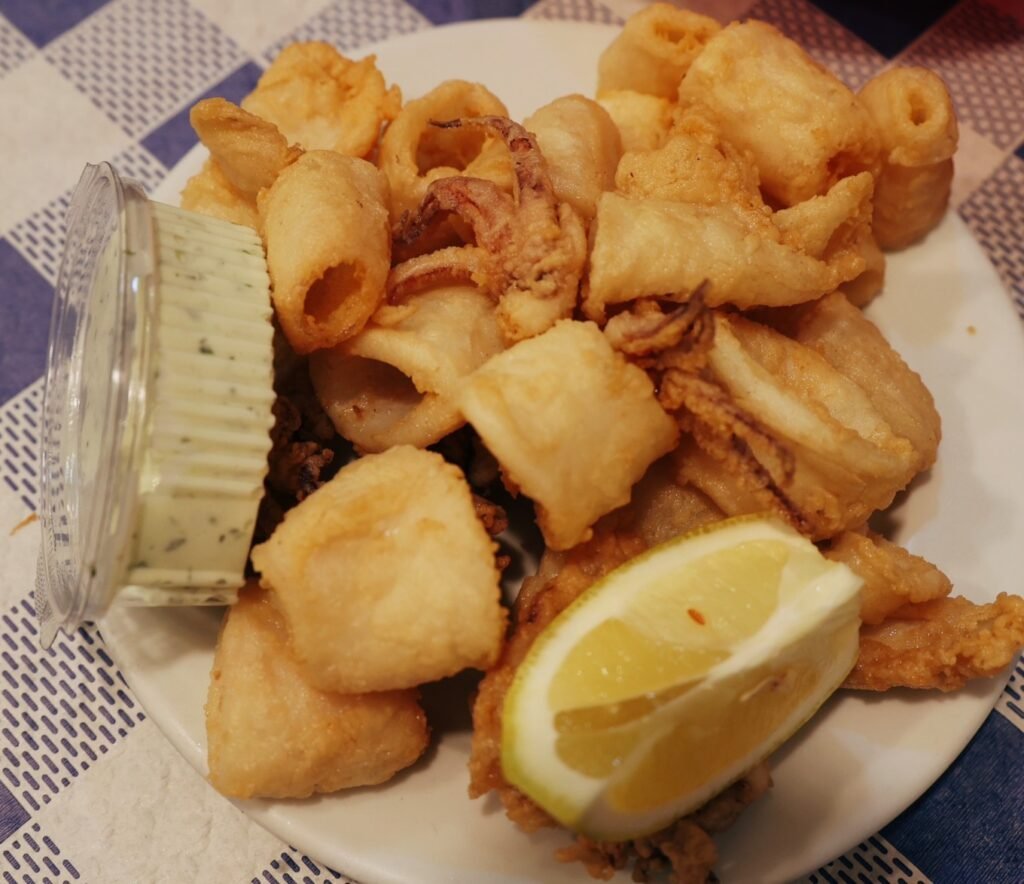
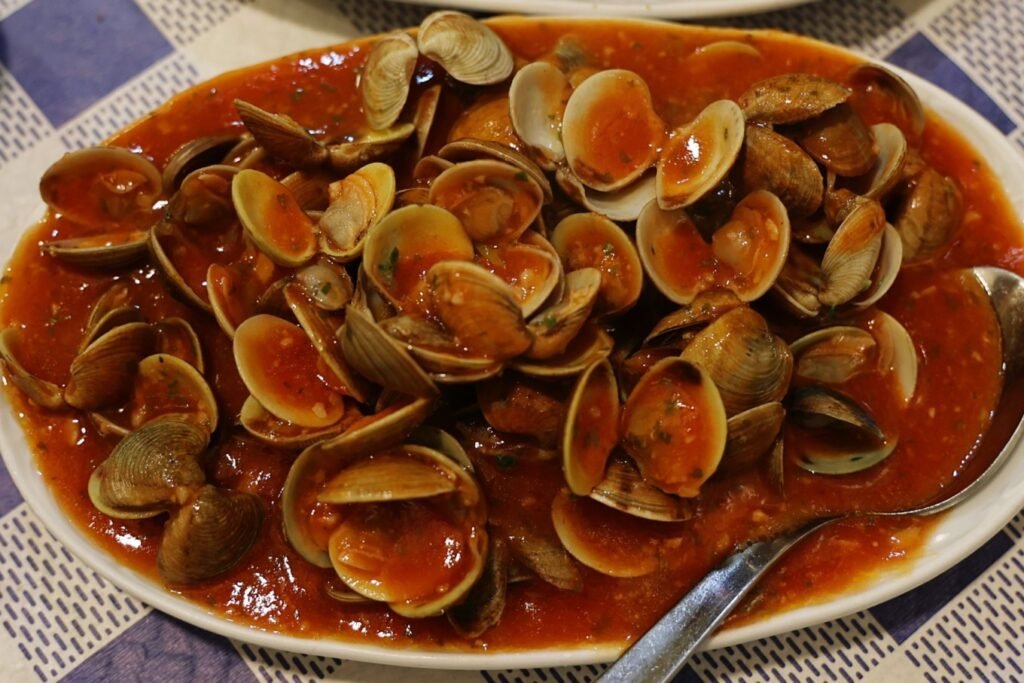
Balcón de Europa – Nerja
I had heard about the nearby town of Nerja, famous for its crystal-clear waters, and I couldn’t resist the temptation to visit. Luckily, the place we were staying was close to the bus station, so we headed straight there to buy tickets.
We arrived early and had brunch at a nearby restaurant. Afterward, we found a sunny spot near platform 38 to wait for the bus. We chose seats on the right side of the bus to enjoy better views of the sea along the way, which made the journey incredibly pleasant. Although we initially thought the trip would take an hour and a half, it turned out that the final stop, Cueva de Nerja, is for the caves. It only took about an hour to reach the stop near Balcón de Europa.
After a short walk of about ten minutes, we arrived at the Balcón de Europa. The ocean never disappoints—gentle waves, a soft breeze, and the sound of someone playing the guitar created a perfect moment. Sitting by the sea, listening to music, reading a book, and simply taking in the view was a pure delight.
We wandered around afterward. Perhaps because it was winter, the beach wasn’t crowded. On one stretch of sand, there was only a single family, while the shore was dotted with seagulls resting near the water. We found a spot to sit and quietly watched the waves crashing onto the shore, with the seagulls occasionally taking flight and then settling back down. It was peaceful and serene, a perfect escape by the sea.
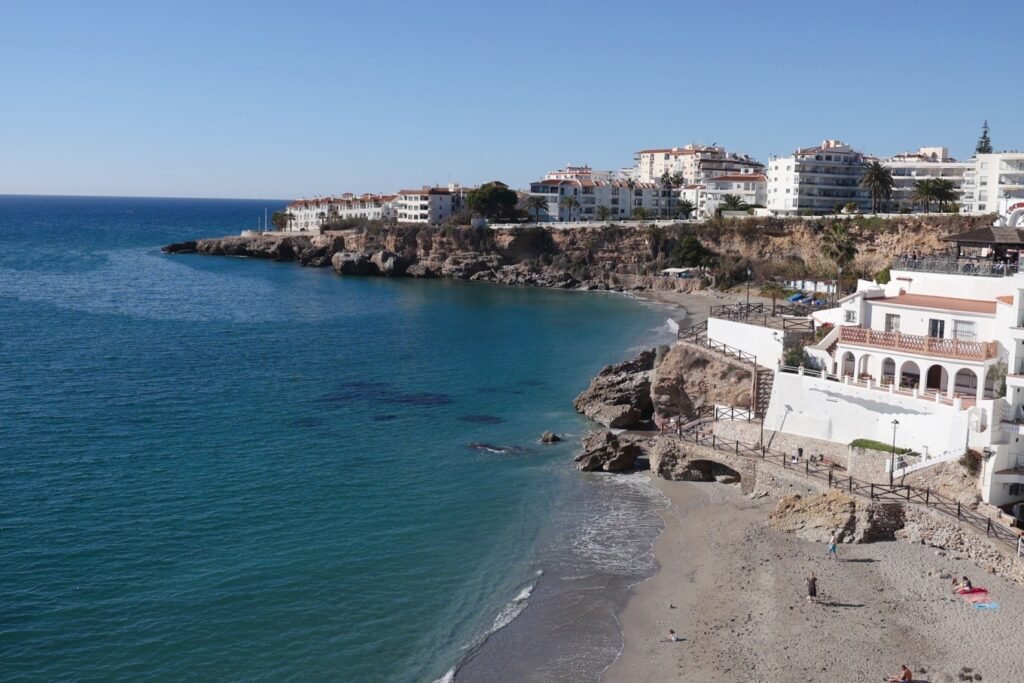
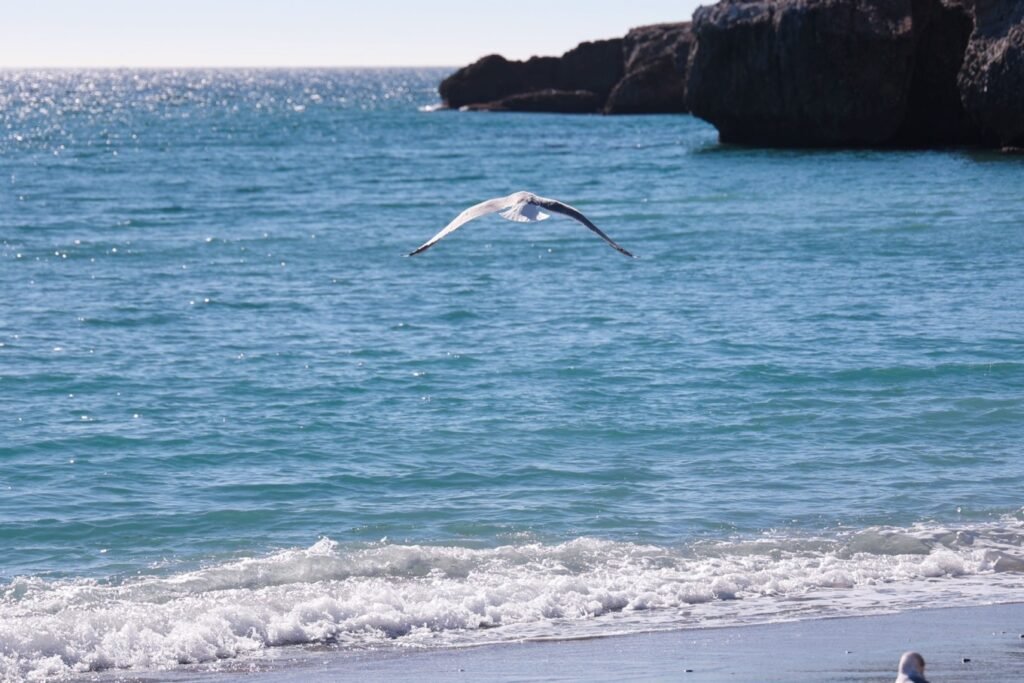
Málaga Cathedral, located in the city center of Málaga, is a significant landmark in the area.
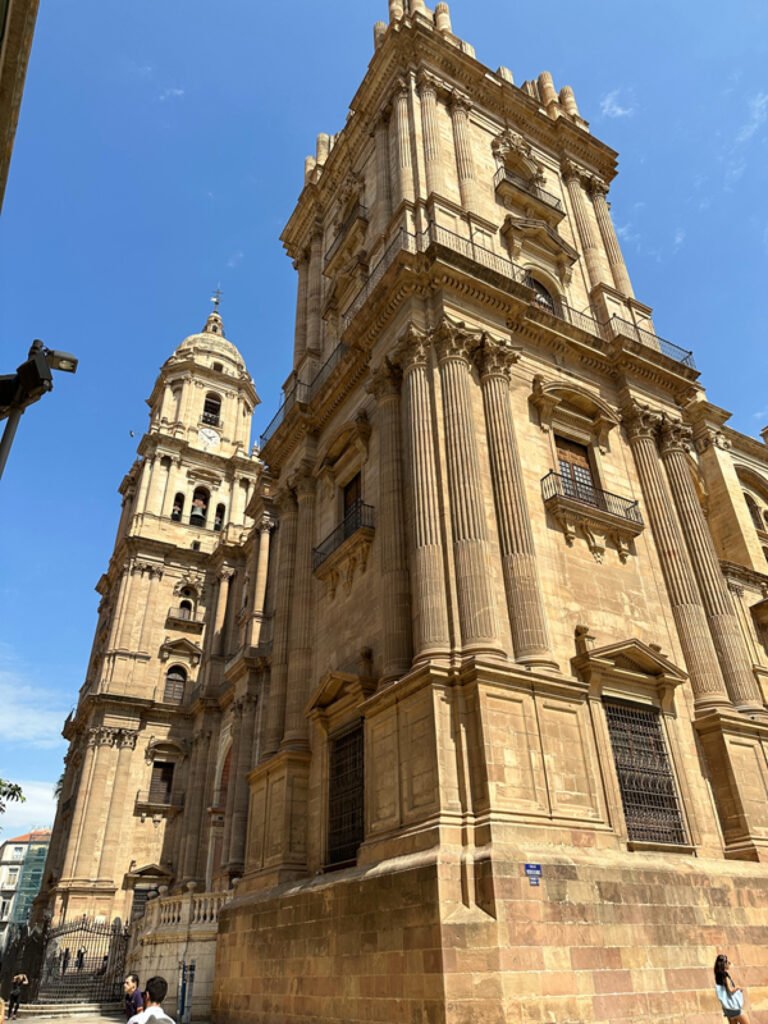
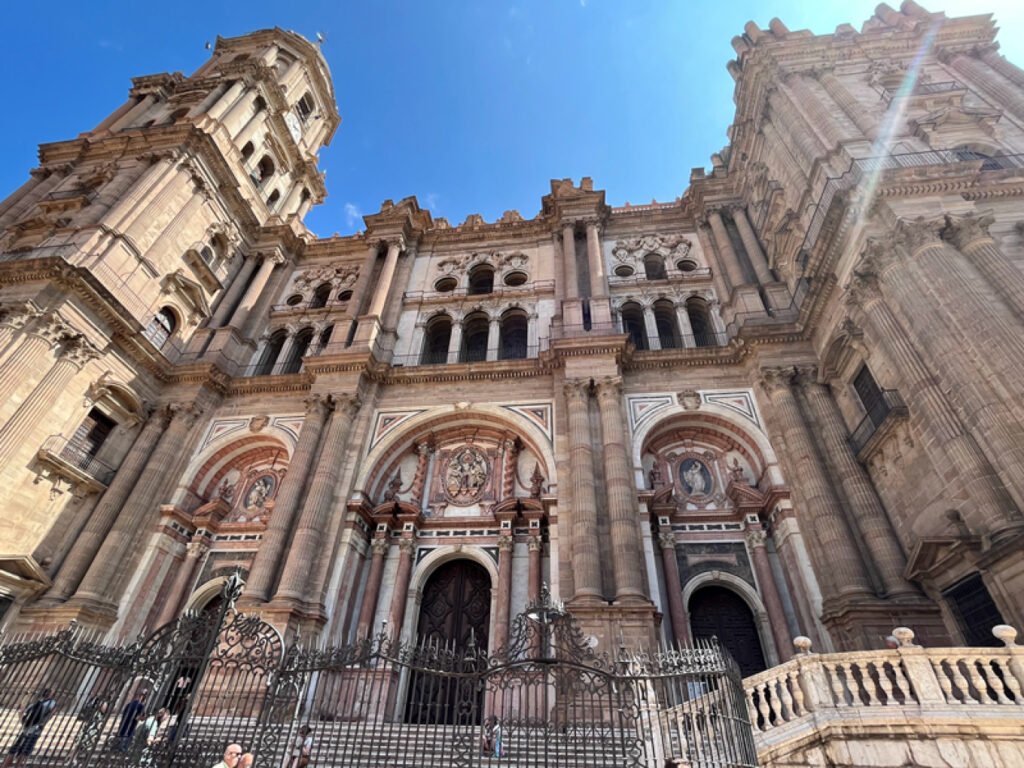
When Málaga Cathedral appeared before me, I was struck by its exterior. The asymmetry of the two towers always gives a sense of imbalance: in fact, it only has a tower on the north side, while the unfinished structure on the south side clearly shows it was never completed. It is said that financial issues at the time caused this incomplete construction, which has remained so to this day. As a result, Málaga Cathedral is also known as the “One-Armed Cathedral.” Ironically, this has become the very feature for which the cathedral is remembered by people around the world.
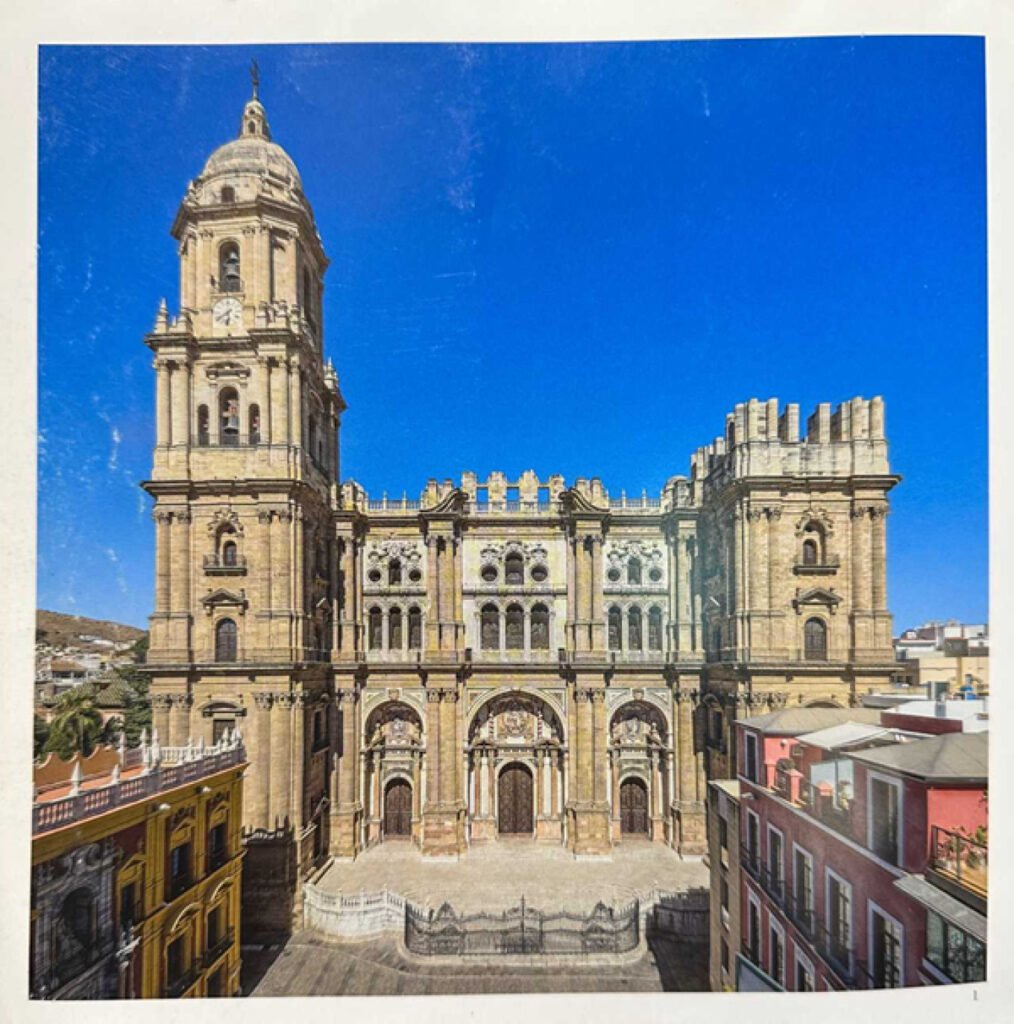
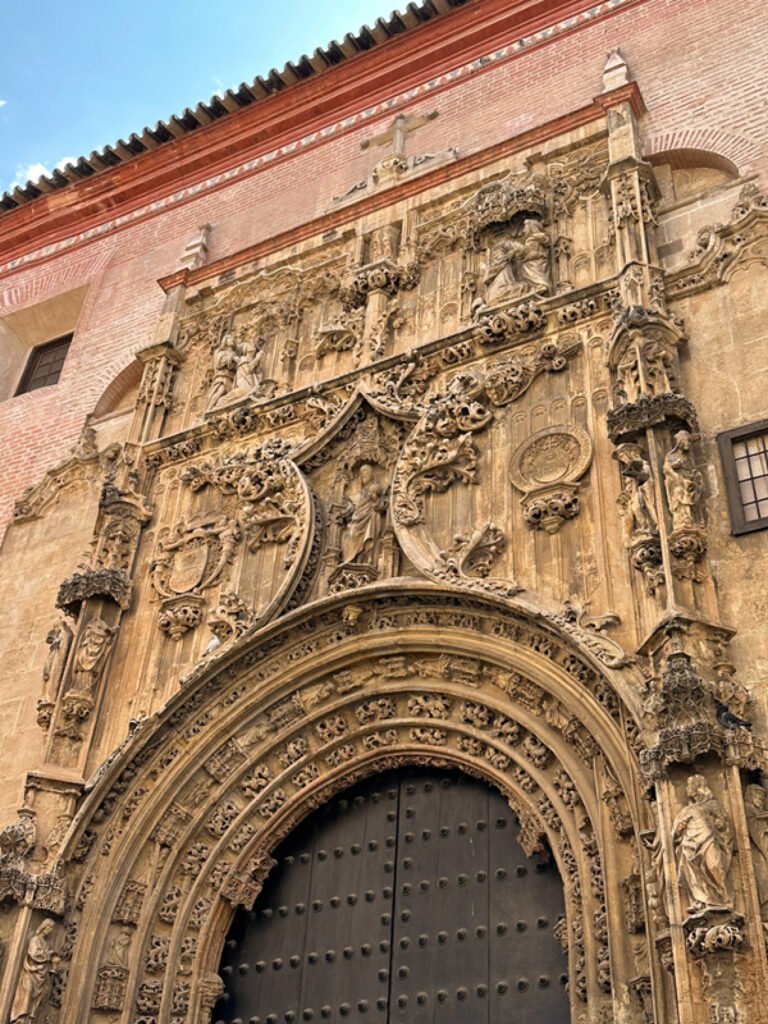
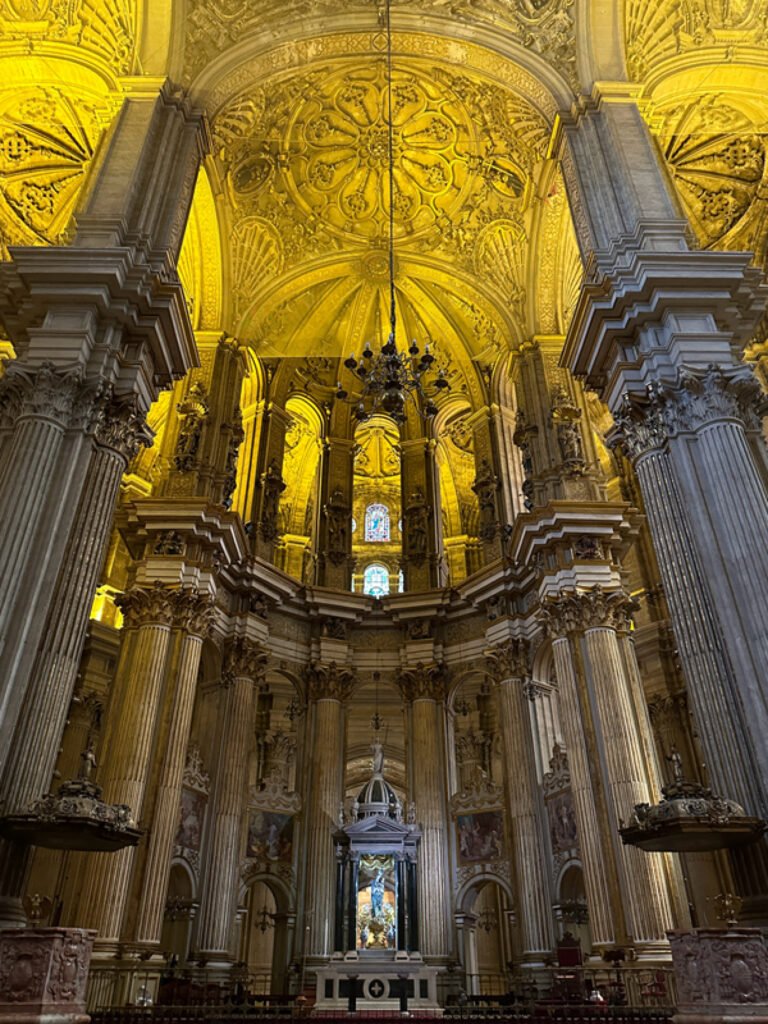
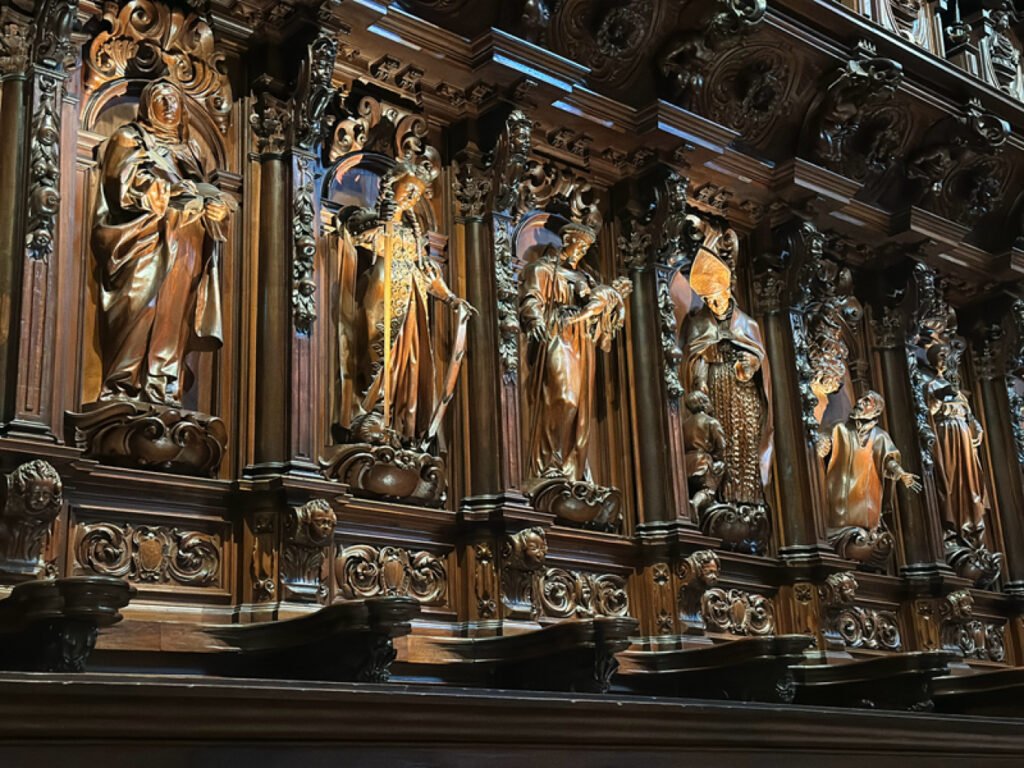
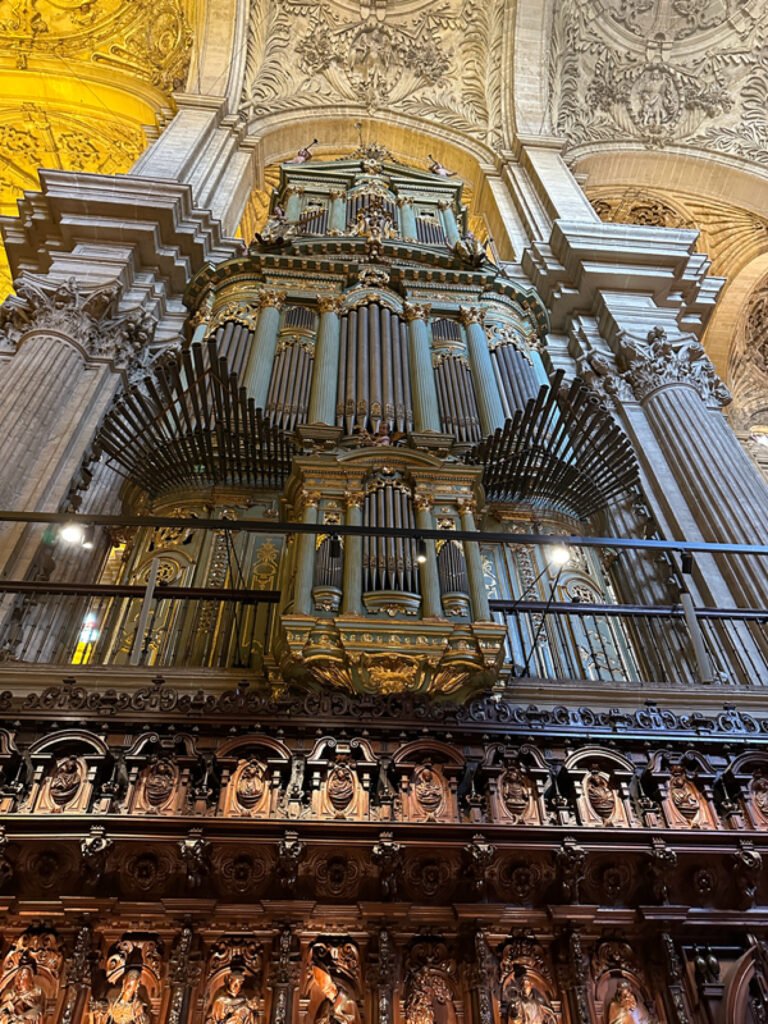
Today, the majestic Málaga Cathedral was actually rebuilt on the foundation of a former mosque. During the earlier period of Moorish occupation, this site was home to a grand mosque. After Málaga returned to Christian rule, the mosque was transformed into a Christian cathedral. However, the reconstruction process was fraught with difficulties, with work being interrupted several times. As a result, the cathedral, which began construction in 1528, was not completed until 1782. This two-century-long timeline inadvertently allowed the cathedral to incorporate various architectural styles. The northern door of the cathedral features Gothic elements, while the interior today combines both Gothic and Renaissance styles. The cathedral’s façade, however, showcases the Baroque style of the 18th century.
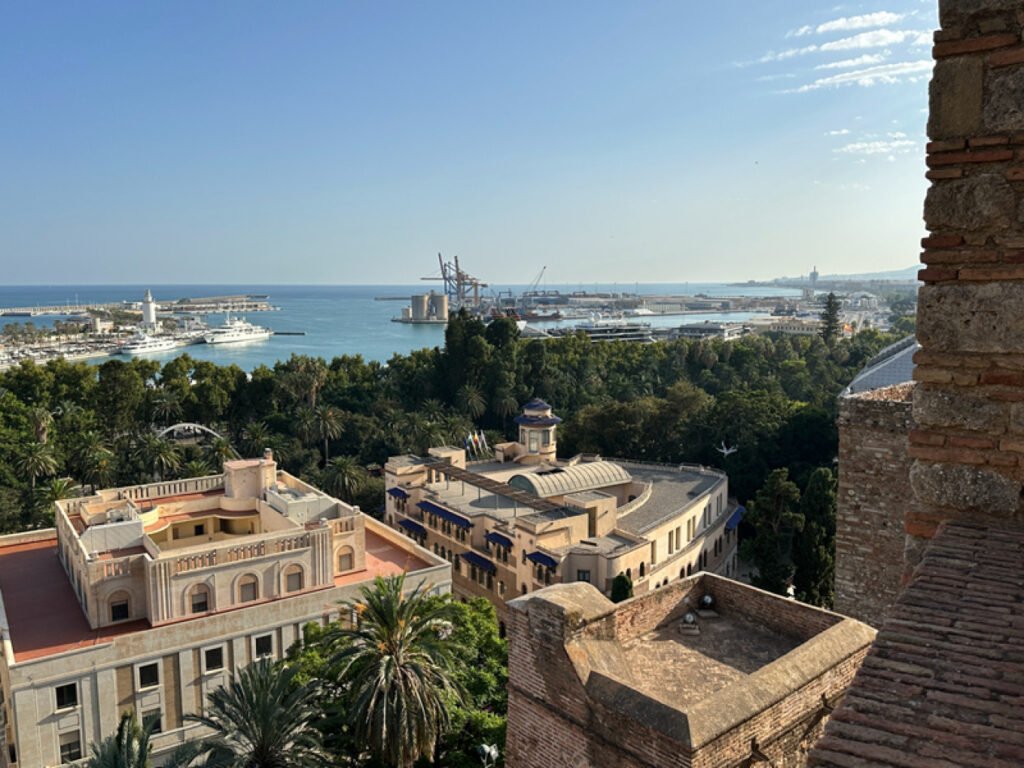
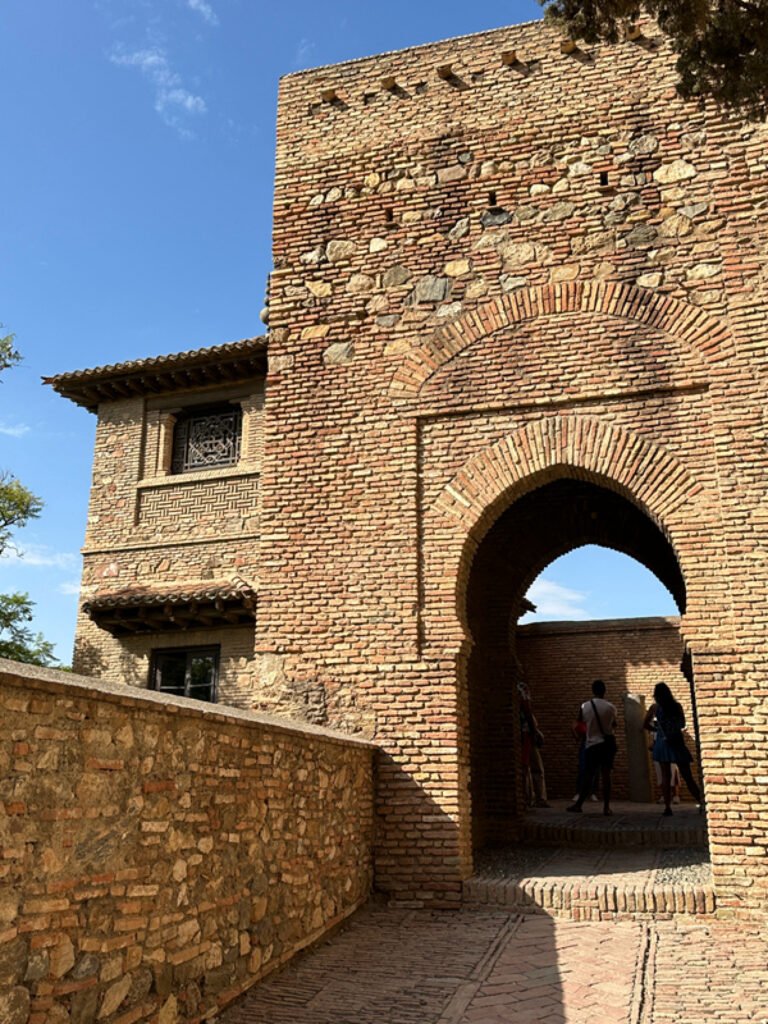
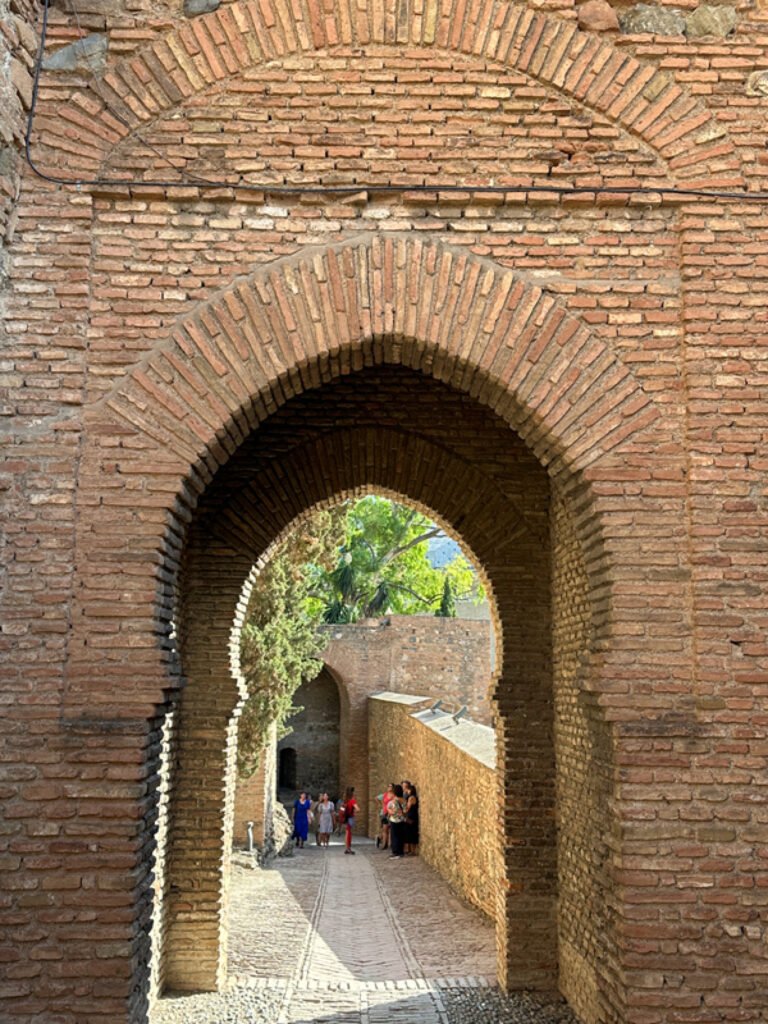

The Alcazaba of Málaga, also known as the Alcazaba Castle, is located on Gibralfaro Hill in the center of Málaga. It was built in 1057, with its structure following the contours of the mountain, serving primarily as a defensive fortress. The name “Alcazaba” comes from the Arabic word “al-qasbah” (قصبة), meaning “fortress.” Castles with this name can also be found in places like Toledo and Segovia. This shows that the Alcazaba of Málaga was also built during the Moorish occupation, reflecting Islamic architectural style. Inside the castle, there are many elements with a distinctly Muslim character, including arcades, pavilions, gardens, and courtyards. The primary function of the castle, however, was defense. It is said that during the Reconquista, Ferdinand and Isabella laid siege to the Alcazaba of Málaga for an extended period before finally achieving victory, a testament to the fortress’s solid construction.
Practical Information
Transportation 🚌
- Bus card: Can be purchased at Tabacos shops. Using the card gives you a discounted fare. Single tickets can also be bought on the bus for 1.4 euros. Note that you only need to tap your card when boarding.
- Traveling to nearby towns: Use the Omio app to check prices and schedules or purchase tickets online. However, if not in a hurry, it’s better to buy tickets at the station for a discount (e.g., a one-way ticket to Nerja is 5.2 euros per person). The app charges a service fee.
Accommodation 🏠
- We stayed near Maria Zambrano Train Station, conveniently close to the Malaga Bus Terminal (Estación de Autobuses de Malaga). However, I wouldn’t recommend the apartment we stayed in since it was on the ground floor and quite noisy from passing traffic.
Food Recommendations 🦞
- Los Marangos Restaurant: Their seafood paella was so good we had it twice and still couldn’t get enough. Around 16 euros per person.
- Uvedoble Taberna: Great selection of tapas, all delicious. The goat meat rolls are highly recommended. Around 20 euros per person.
- La Canasta: Their sandwiches are fantastic, and the coffee is great, though the wait time can be long. Around 8 euros per person.
- La Ristobottega: A nice Italian restaurant if you’re craving something different. Good food, excellent service. Around 15 euros per person.
- Bar La Piqueta: A cozy spot in Nerja. The corn chips are massive, and the grilled squid ink pasta is tasty. Warm and friendly service. Around 15 euros per person.

